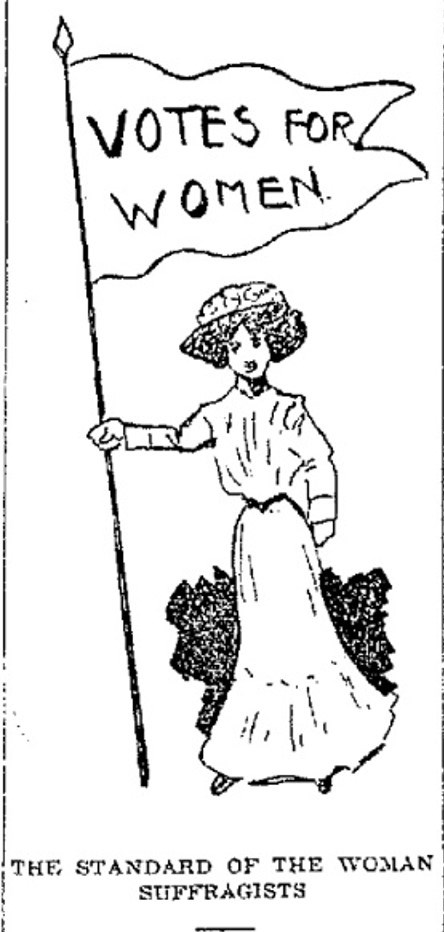|
Visit our keyboard shortcuts docs for details
Everything you need to know about the 1910 Woman Suffrage Convention held in Lowell in just 1 minute! Some images included courtesy of Schlesinger Library, Radcliffe Institute, Harvard University. 
The Lowell Sun Newspaper, October 25, 1910 In 1910, the Massachusetts Woman Suffrage Association (MWSA) hosted its 41st annual convention in Lowell. Initially founded in 1870, the MWSA in 1910 had become a fusion of the National Woman Suffrage Association (NWSA) which Harriet Hanson Robinson helped to establish and the rival American Woman Suffrage Association (AWSA). Founded by Elizabeth Cady Stanton and Susan B. Anthony, the NWSA opposed giving black men the vote before white women when the 15th Amendment was to be passed. Lucy Stone believed that votes for women would come in due time and supported the 15th Amendment, establishing the AWSA separately. Though initially these larger national organizations were split, their common goal of universal woman’s suffrage eventually brought them together in 1890. Throughout the week the suffragists demonstrated, spoke, and handed out pamphlets to the city’s workforce on the street and outside the mills. Though the majority of workers in Lowell were women, the suffragists also went out of their way to convince men. Despite the fact that women had a more direct stake in obtaining suffrage, without men on their side suffrage was likely never to be passed because ultimately men could vote officials for or against suffrage into office. When not demonstrating on the street, suffragists often held meetings with local labor unions and workingmen’s associations to rally support. The suffrage conversation extended far beyond the confines of the city, however. During the convention, suffragists would often point to the likes of Utah, Colorado and other states that had already passed measures enfranchising women. Internationally, they also looked to Norway, Finland, Australia and others who already had national suffrage for women. A key speaker at the convention, Philip Snowden, was a pro-suffrage Member of Parliament from England who came to speak about his experiences trying to pass suffrage in his home country, and many American suffragists paid close attention and rooted on their compatriots across the pond. To learn more, go to theFull Suffrage Convention Timeline |
Last updated: March 8, 2022
